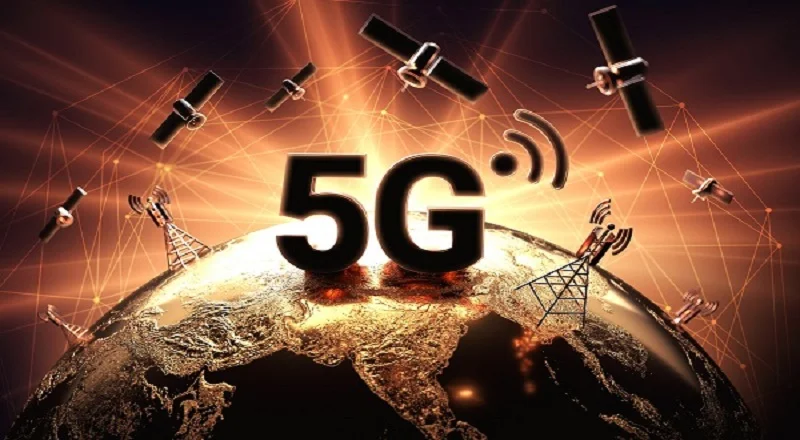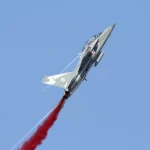Members of the International Telecommunication Union (ITU) approved a fourth technology as part of ongoing standards development for 5G mobile services.
Known as “DECT 5G-SRIT”, the new technology supports a range of uses, from wireless telephony and audio streaming to industrial Internet of Things (IoT) applications, particularly in smart cities, said a press statement.
It was added in the first revision to ITU’s key recommendation IMT-2020, which broadly encompasses fifth-generation, or 5G, networks, services, and devices.
This ITU Radiocommunication Sector (ITU-R) Recommendation – providing a set of global technical 5G standards – reflects continual consultation and discussion among governments, companies, regulators, and other stakeholders dealing with radiocommunication worldwide.
Read More:
Why Boeing, Airbus are opposing 5G rollout in US?
China rolls out largest 5G network with 1.43m base stations
Along with fostering connectivity across borders, ITU promotes the global rollout of 5G as a key driver to achieve the UN’s 17 Sustainable Development Goals.
“New and emerging technologies like 5G will be essential to build an inclusive, sustainable future for all people, communities and countries,” said ITU’s Secretary-General, Houlin Zhao.
“Under the ongoing International Mobile Telecommunications or IMT programme, our diverse global membership continues its long-standing contribution to advance broadband mobile communications, furthering our mission to leave no one behind in connecting the world.”
The technology is designed to provide a slim but strong technical foundation for wireless applications deployed in a range of use cases, from cordless telephony to audio streaming, and from professional audio applications to the industrial Internet of Things (IoT) applications, such as building automation and monitoring.
ITU’s Radiocommunication Director, Mario Maniewicz said the highly collaborative process involves substantial input from and coordination with the ITU member states, equipment manufacturers, network operators, standards development organisations, and the academic community. ITU provides a unique global framework to discuss the capabilities of new radio technologies, added Maniewicz.
Andreas Zipp, Chairman of the DECT Forum, welcomed the addition of the new technology to IMT-2020. “Inclusion as part of ITU’s global 5G standards affirms the significance of this technology moving forward,” he said.
The International Telecommunication Union (ITU) is the United Nations specialized agency for information and communication technologies (ICTs), driving innovation in ICTs together with 193 member states and a membership of over 900 companies, universities, and international and regional organisations.


